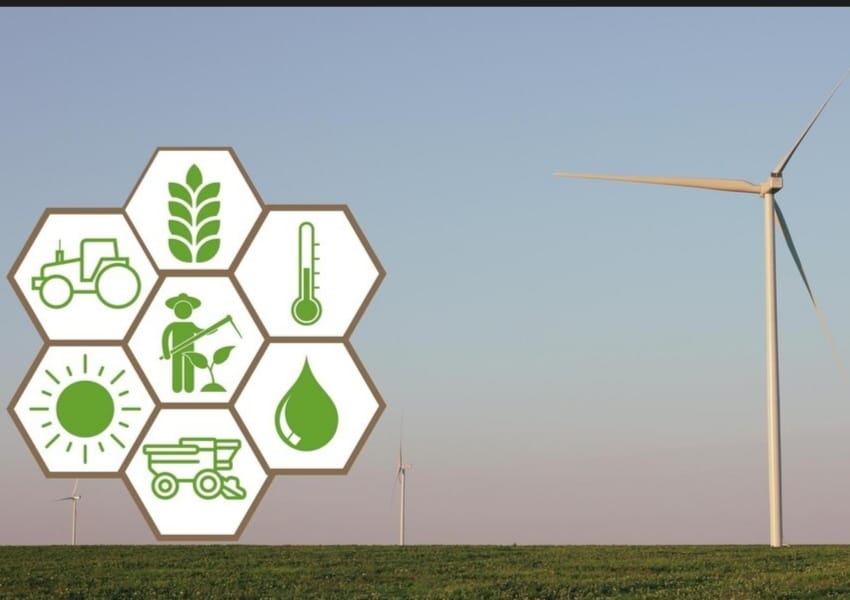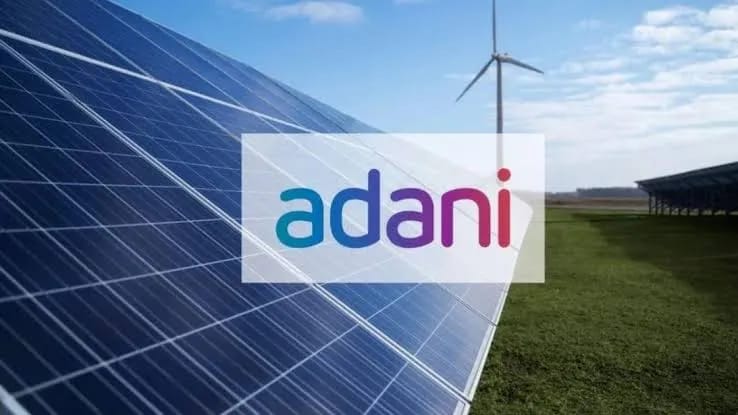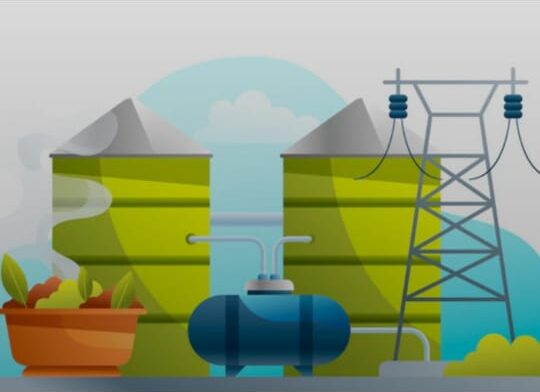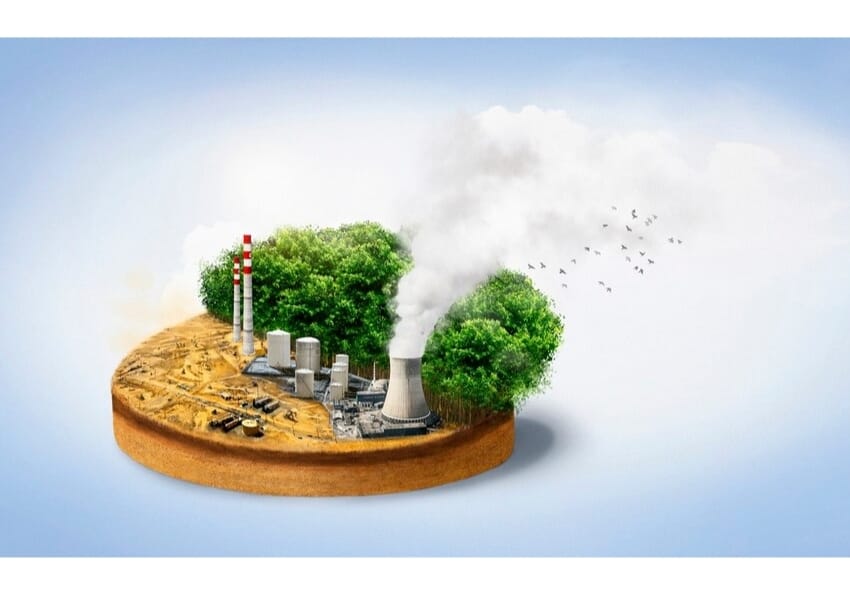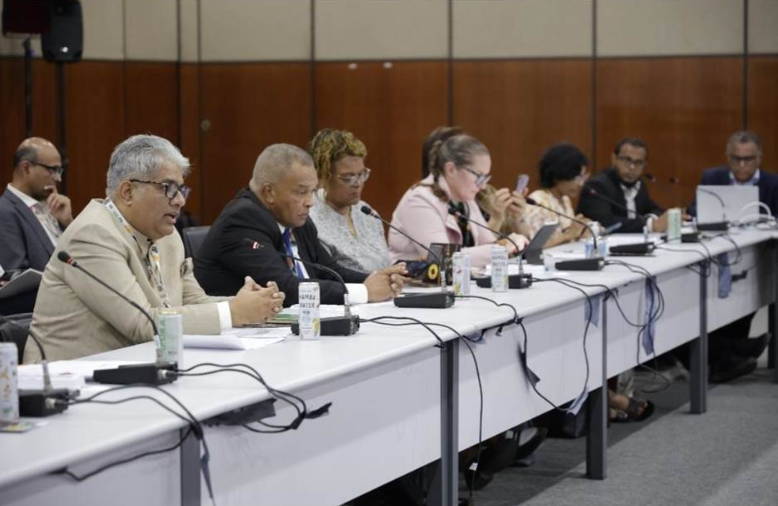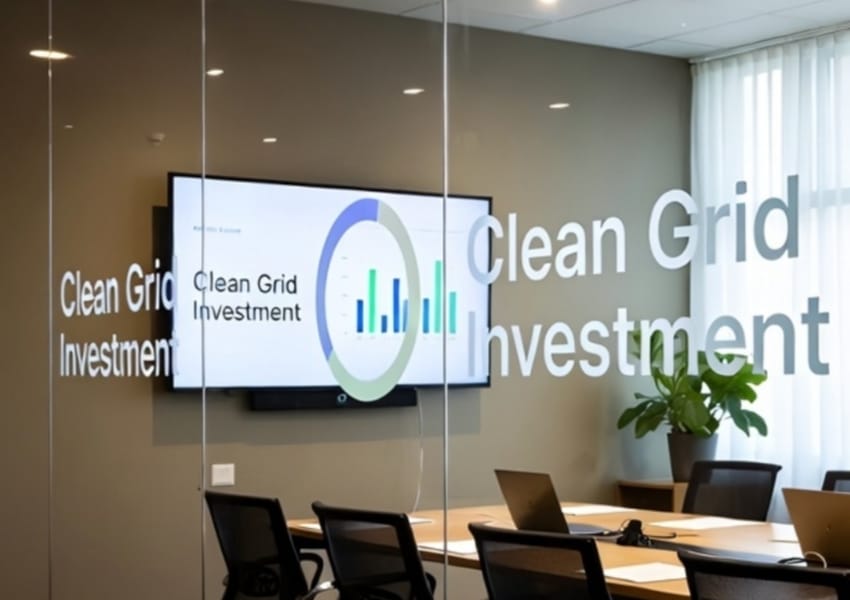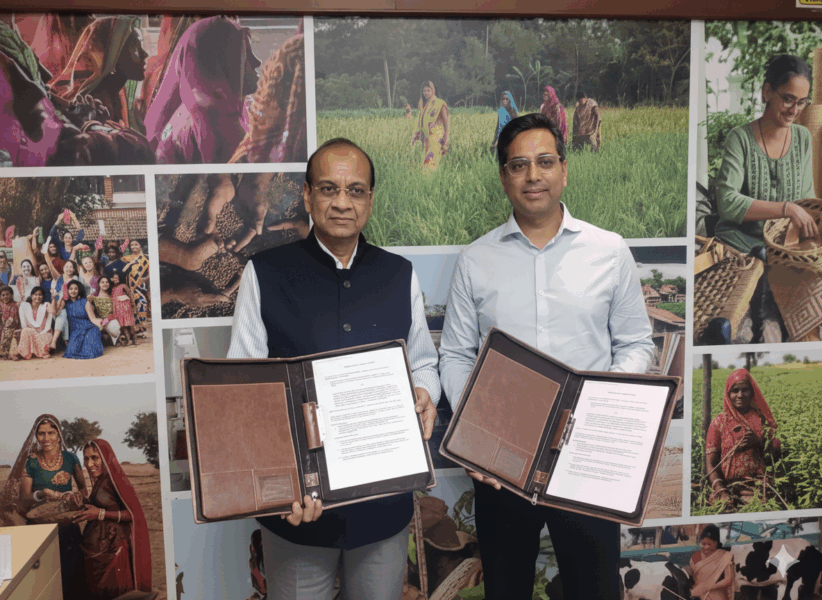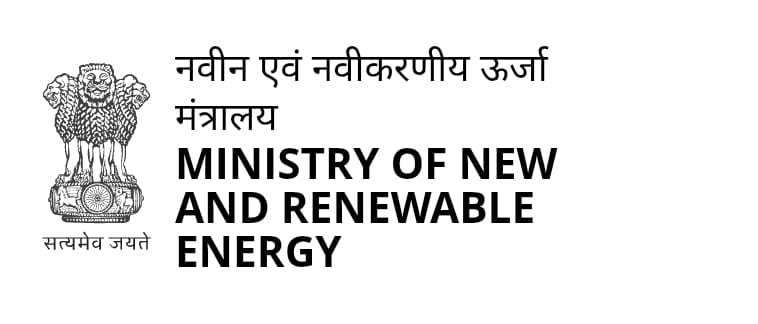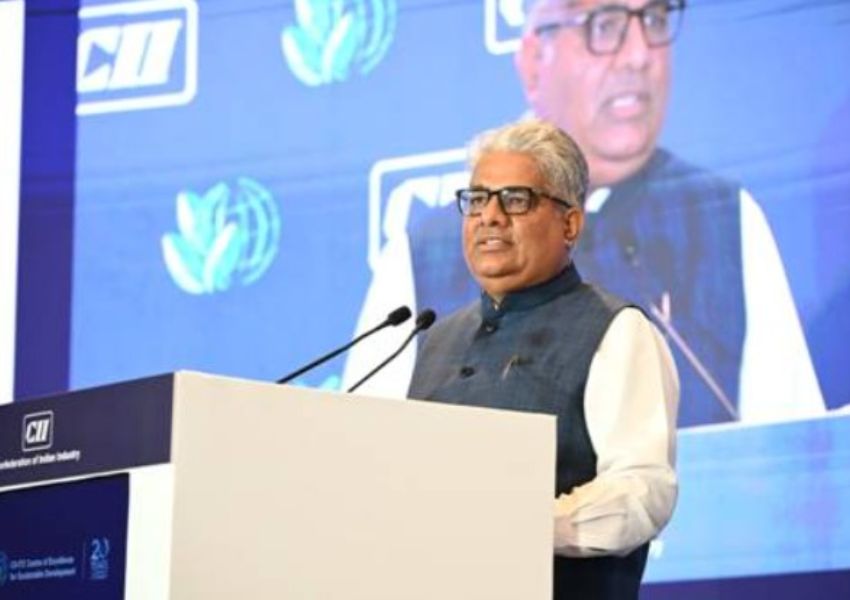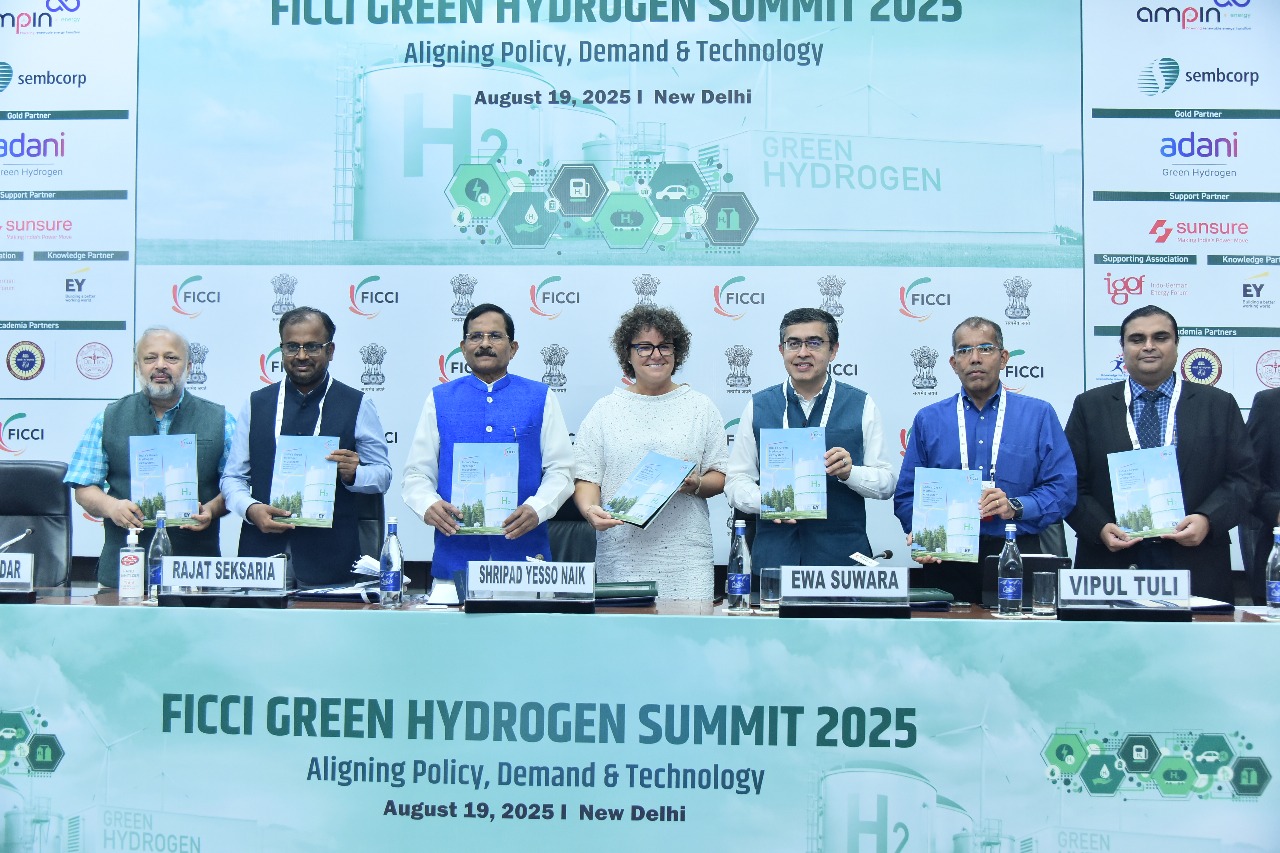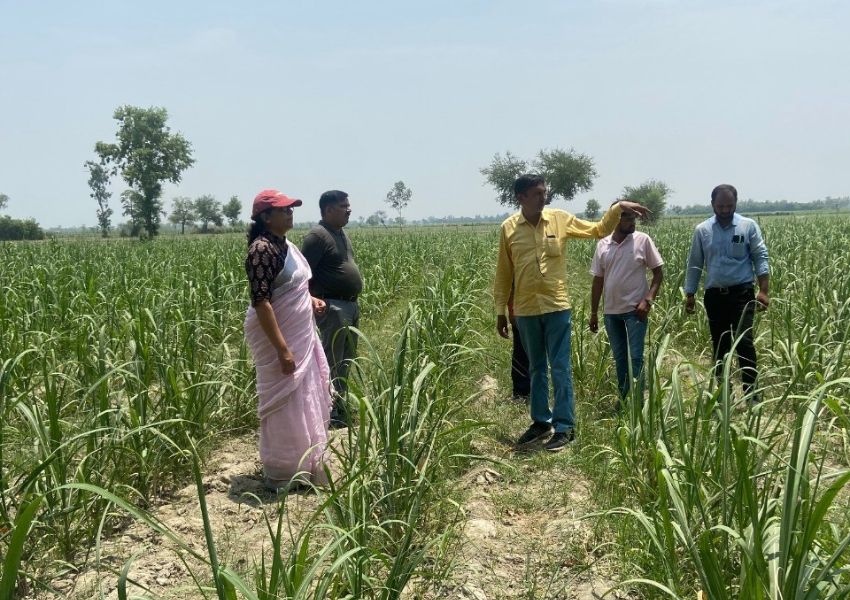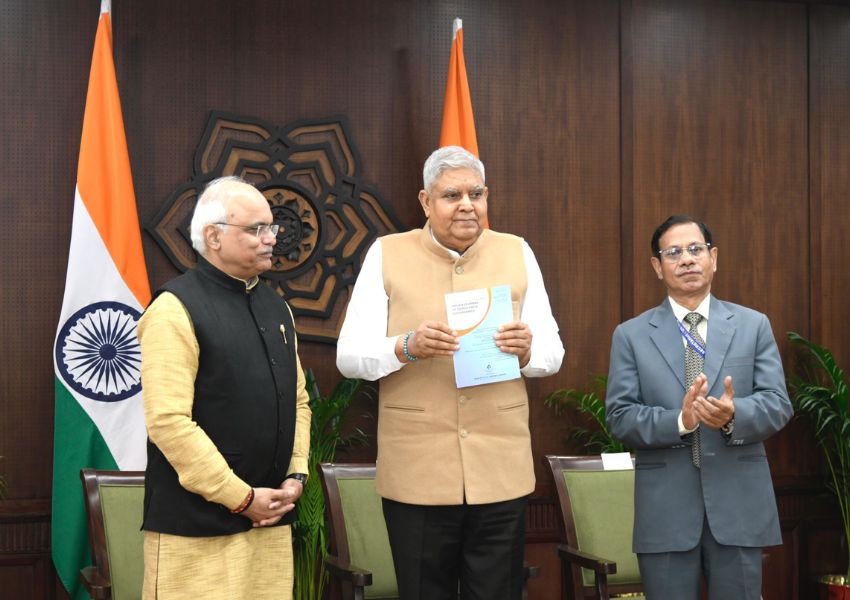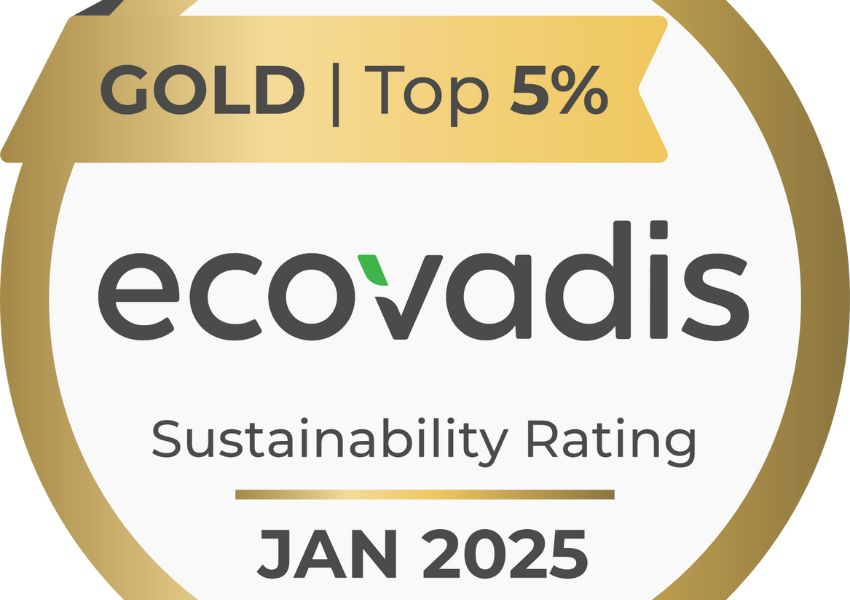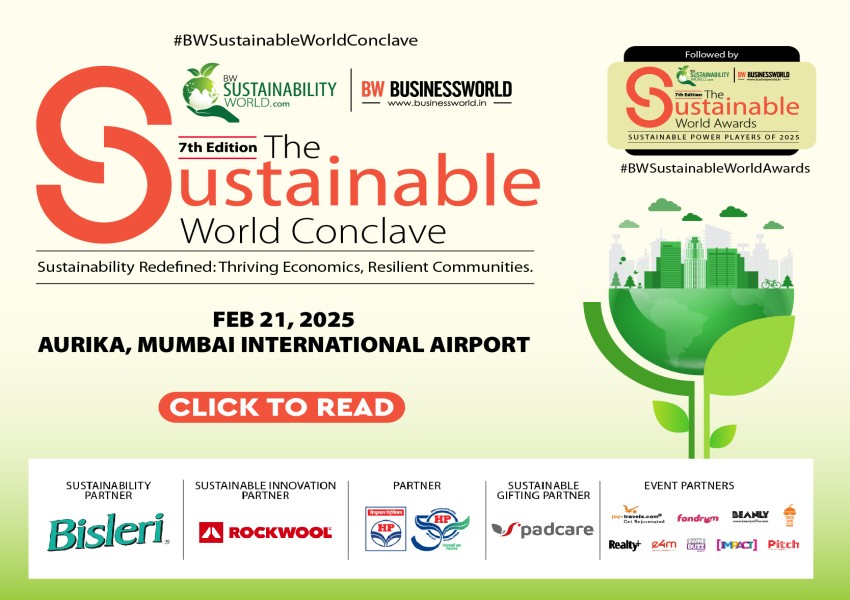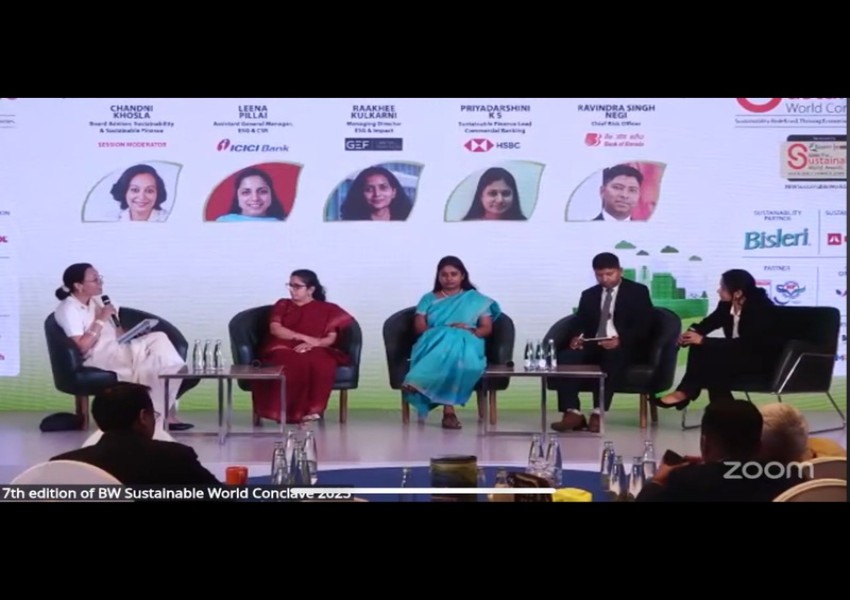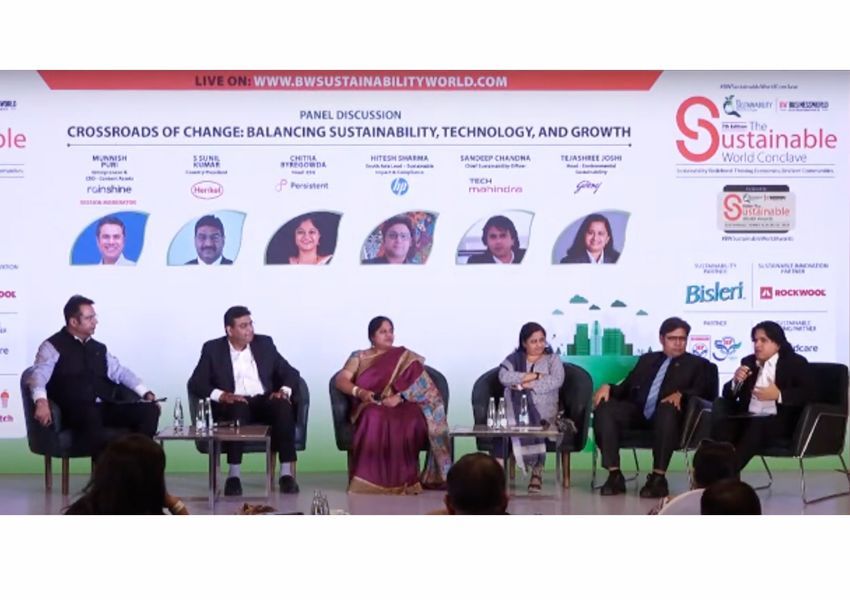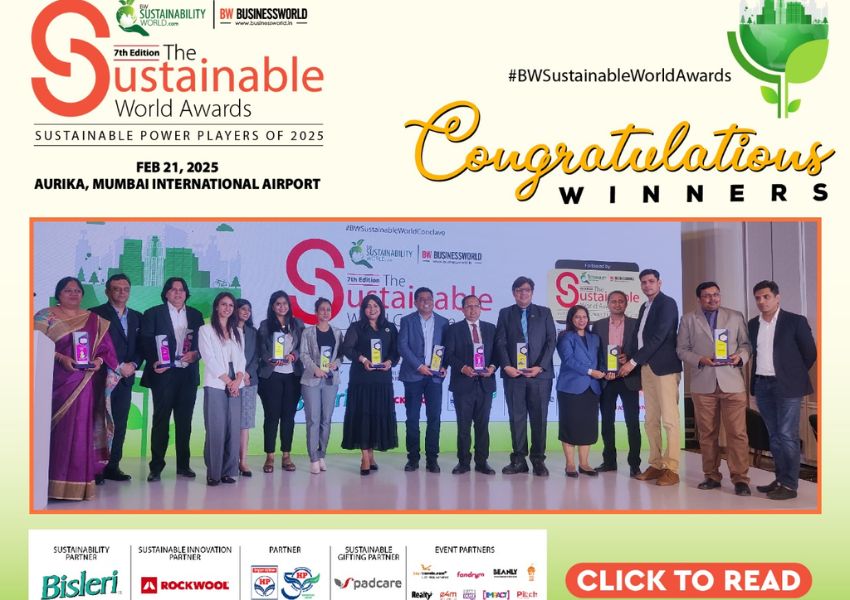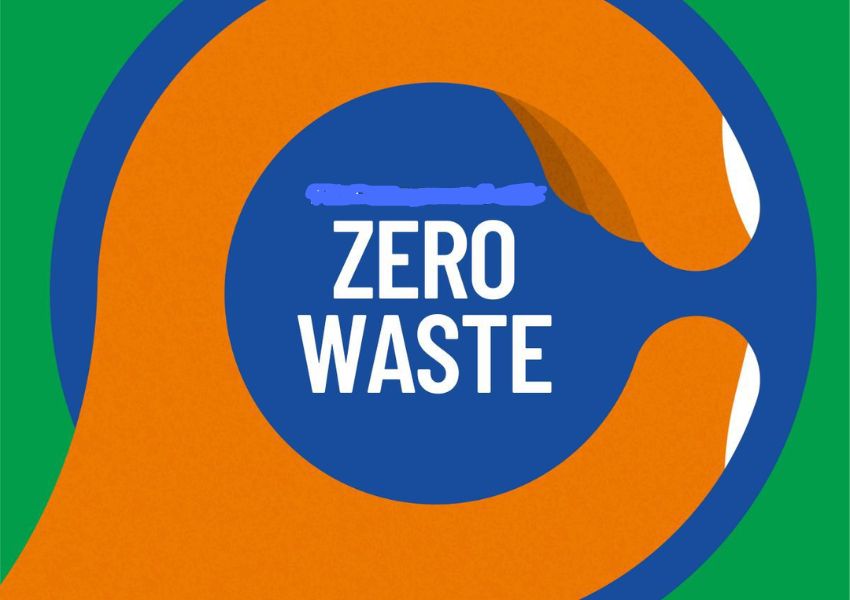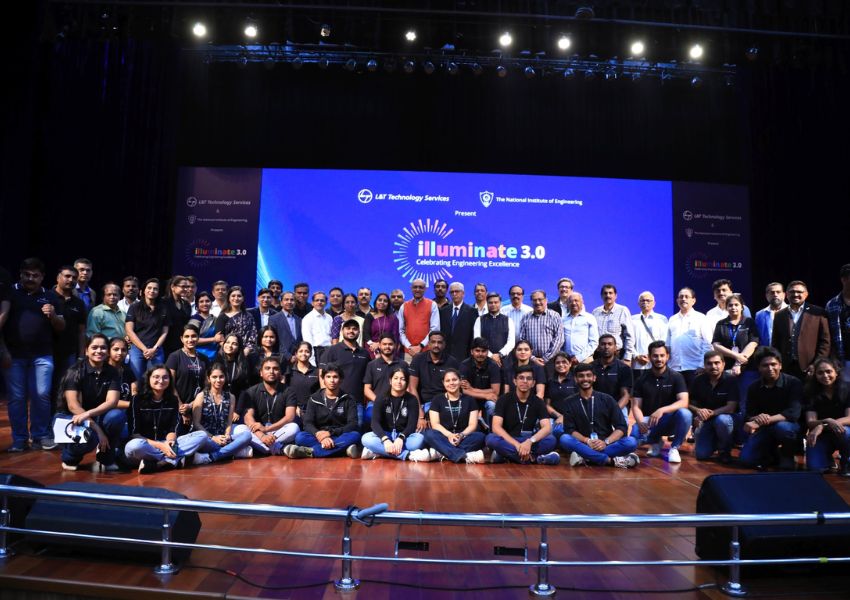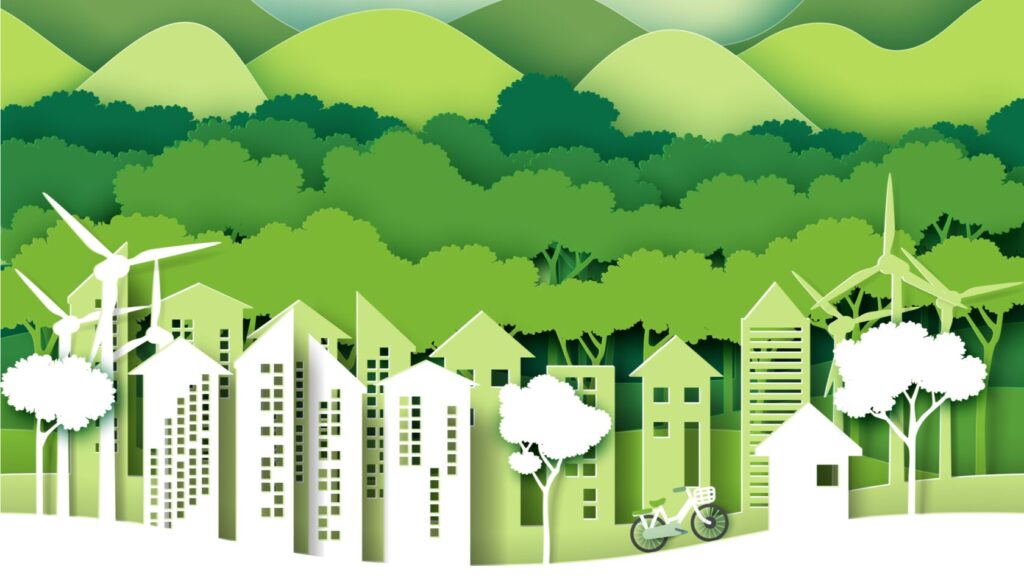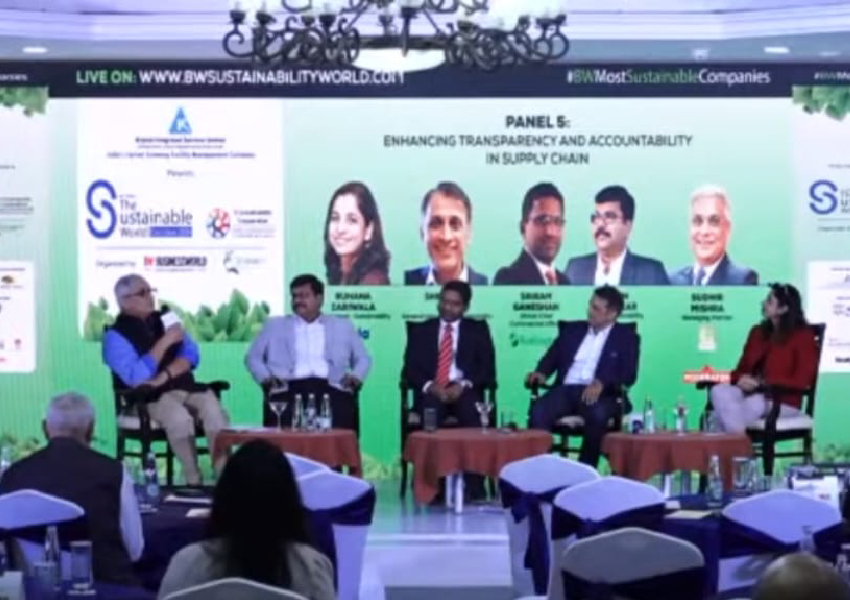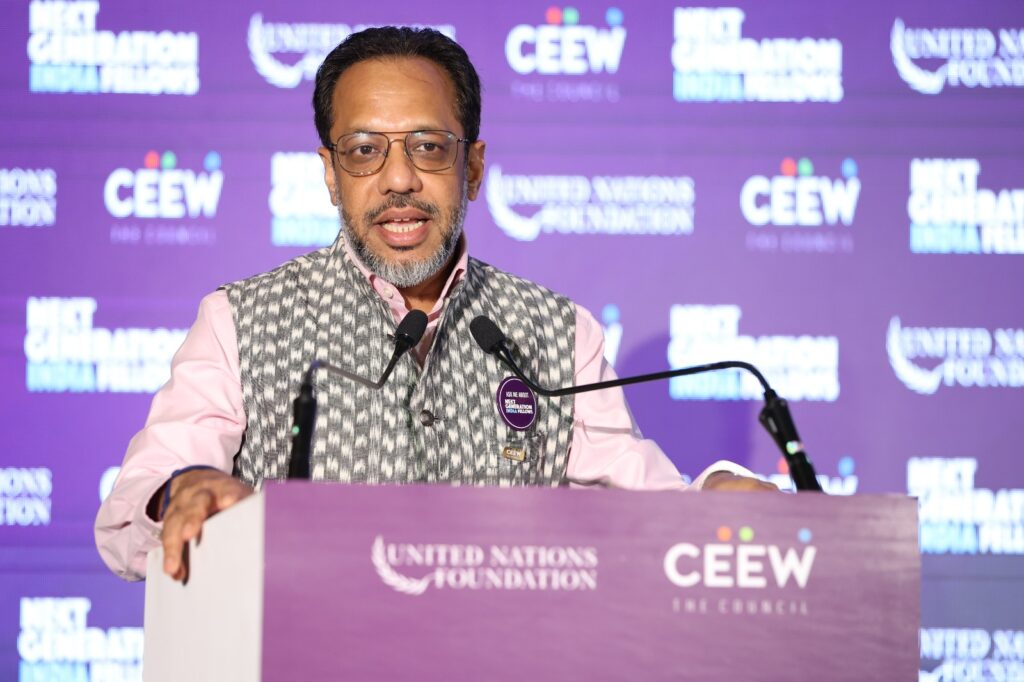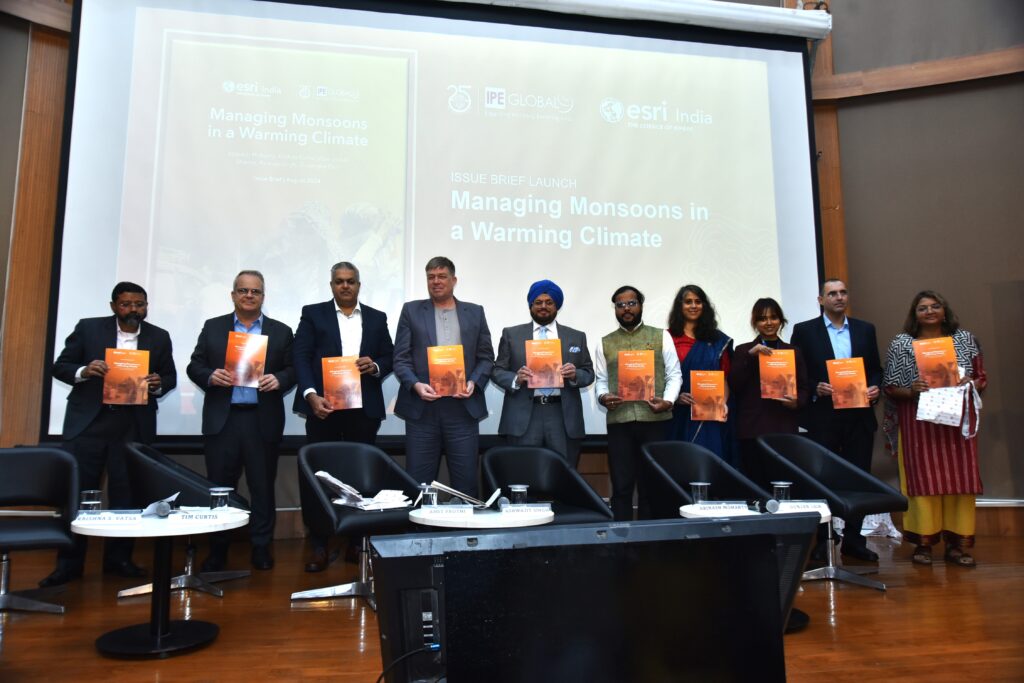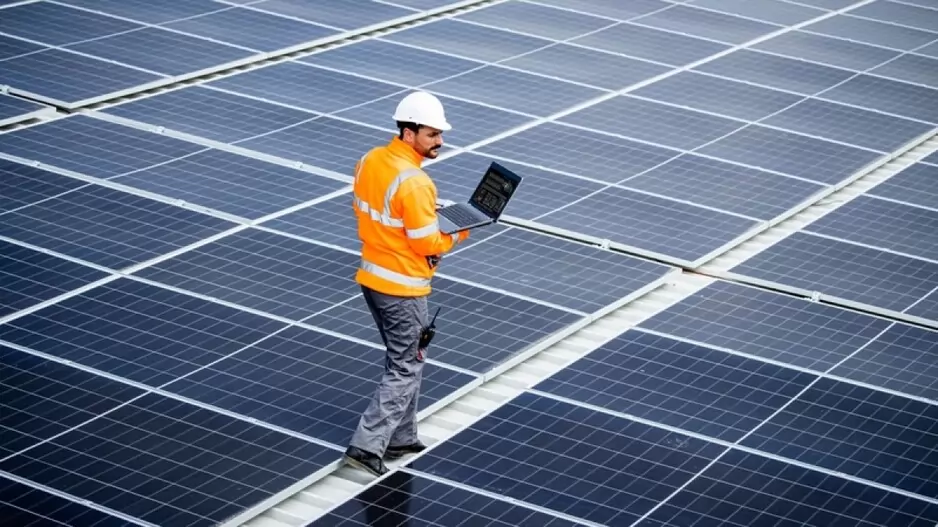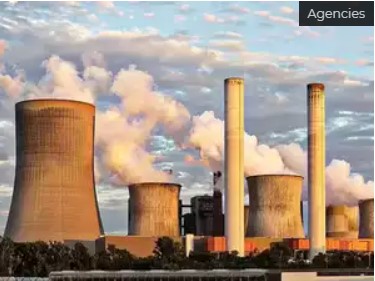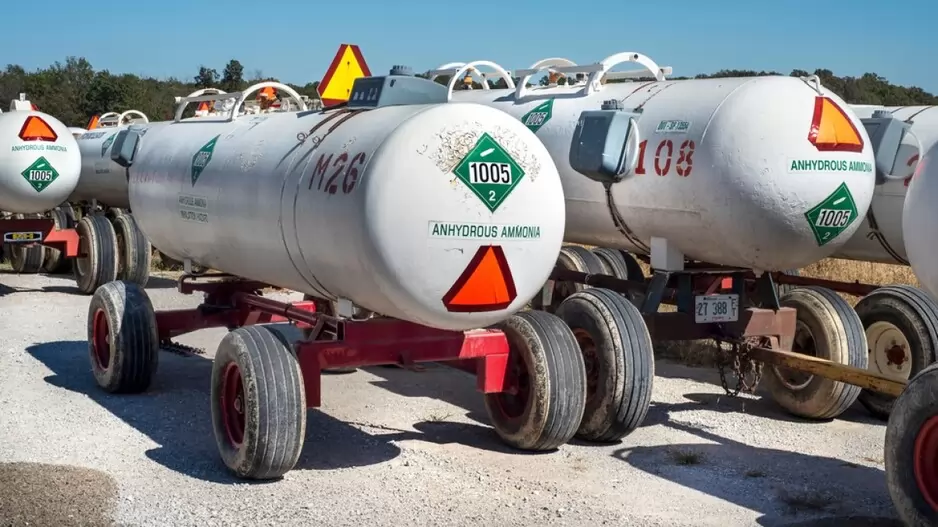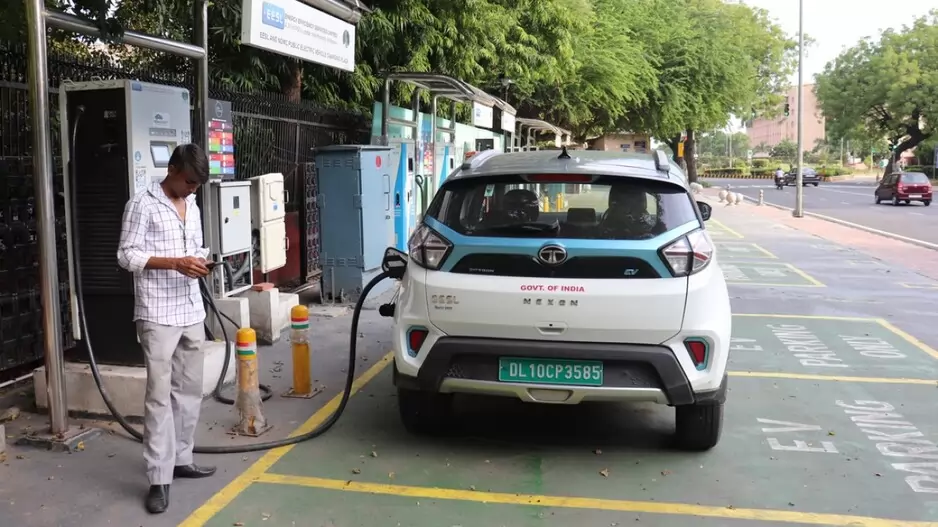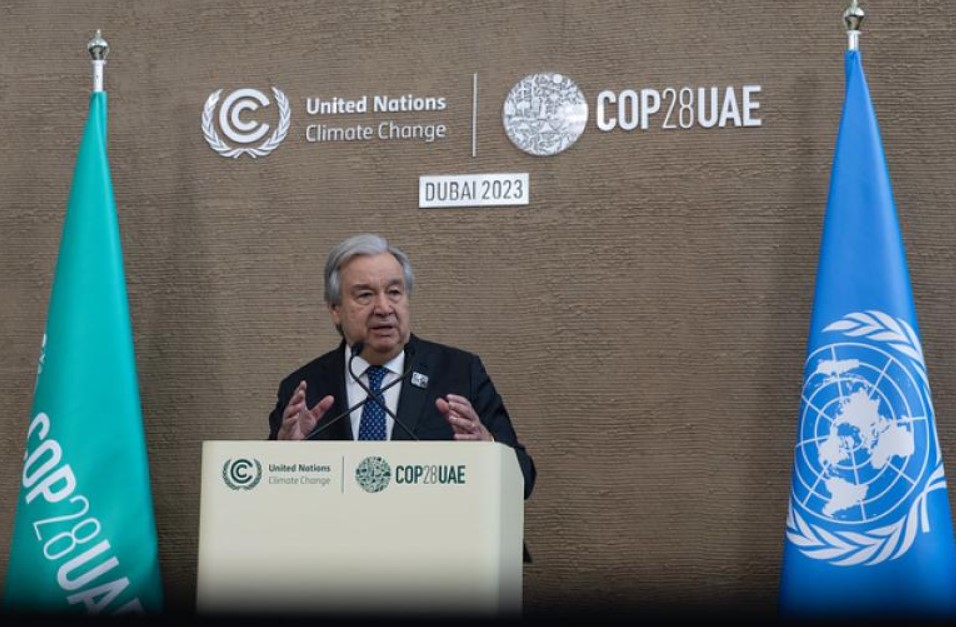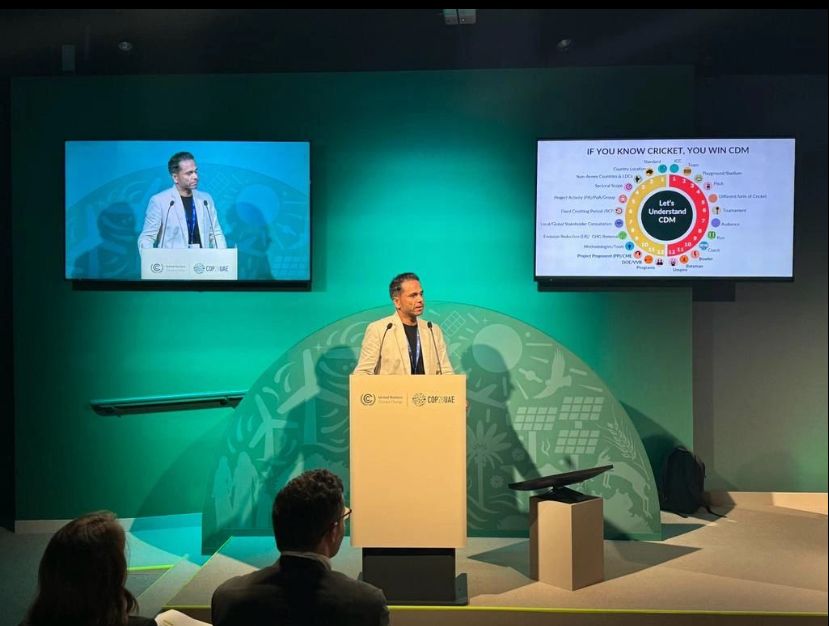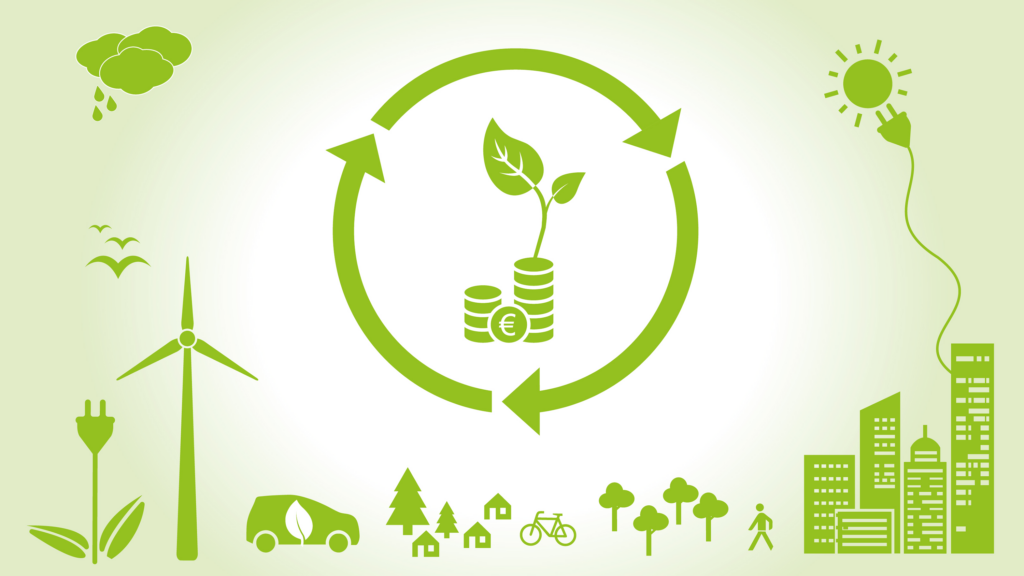Wrap-up 2024: Climate Change Challenges, Developments, And Global Progress

The most pressing issue remains the global inability to fully meet the demands for urgent climate action, especially in developing nations like India
As 2024 draws to a close, the world finds itself at a critical juncture in the battle against climate change. The year has witnessed transformative developments in both policy and private sector innovation, but it has also underscored the immense challenges still ahead. From significant strides in climate finance to breakthroughs in renewable energy and waste management, the past year has been a rollercoaster of progress and setbacks. The most pressing issue remains the global inability to fully meet the demands for urgent climate action, especially in developing nations like India.
Private Sector’s Contribution: Innovation and Investment
2024 has been a year of significance for private players who have taken bold steps to drive the transition toward a greener economy. Globally, companies have made substantial commitments to achieve net-zero emissions, with industries such as energy, transport, and materials undergoing transformative shifts. Breakthroughs in battery storage, carbon sequestration, and sustainable materials have set the tone for future industrial growth. Prashant Singh, Co-founder and Chief Executive Officer of Blue Planet Environmental Solutions, highlighted the increasing role of private sector innovation in advancing green technologies, noting that companies in sectors like renewable energy, waste-to-energy, and electric vehicles have been pivotal in spearheading climate action in India.
In particular, India has emerged as a leader in the renewable energy space. Significant advancements have been made in waste management, such as those spearheaded by Blue Planet, which has contributed to a more circular economy. Similarly, India’s emphasis on green hydrogen and its leadership in renewable energy auctions have set global benchmarks. However, as Smitha Jain Arora, Head- Sustainability and Impact, Vivriti Capital, pointed out, while the renewable energy sector is receiving considerable private investment, funding for climate adaptation remains limited. Structural barriers continue to hinder private investments in adaptation efforts, which are critical for building resilience in a climate-vulnerable country like India.
Climate Finance: Mixed Progress
One of the key developments in 2024 has been the evolving landscape of climate finance, especially in India. Between 2017 and 2019, climate finance flows in India grew by 150 per cent annually, reaching USD 44 billion by 2020, with a significant concentration in the power sector. However, climate finance in India remains skewed toward mitigation efforts, such as renewable energy, rather than adaptation strategies like water management or disaster resilience. Jain highlighted that green finance for adaptation was a mere Rs 370 billion per year in 2020, underscoring the disparity between mitigation and adaptation investments.
At the global level, COP28 and COP29 played crucial roles in shaping the narrative around climate finance. COP28 saw a global stocktake of progress on the Paris Agreement, while COP29 introduced a New Collective Quantified Goal (NCQG) on climate finance. The goal aimed to triple the climate finance allocated to developing countries to USD 300 billion per year by 2035. However, as Prashant Singh noted, while these targets were a step forward, the USD 300 billion pledged was far from sufficient to address the growing climate challenges of developing countries.
India, alongside other countries in the Global South, rejected the NCQG, arguing that the proposed amount was inadequate to address the full scope of climate impacts. India’s call for USD 1.3 trillion annually—with at least USD 600 billion in grants or grant-equivalent resources—highlights the financial gap that remains between the ambitions of the developed world and the needs of the most vulnerable countries.
ESG Reporting: Transparency and Accountability
In India, there has been an increasing emphasis on Environmental, Social, and Governance (ESG) reporting, especially following the introduction of the Business Responsibility and Sustainability Report (BRSR), which became mandatory for the top 1,000 listed companies in 2022. The BRSR framework aligns with global standards and incorporates key ESG parameters, including carbon emissions, water usage, and social issues related to local communities.
However, as Wilfred Sigler, MD of CRIF Solutions, pointed out, greenwashing remains a significant concern in India. While companies are increasingly under pressure to report on their sustainability efforts, the risk of companies making misleading environmental claims without credible evidence is ever-present. Sigler emphasized that regulatory frameworks, such as the SEBI BRSR guidelines, the ASCI advertising guidelines, and third-party certifications like ISO 14001, are creating a more transparent and accountable environment. Nevertheless, the challenge remains in ensuring these standards are effectively enforced to prevent greenwashing and foster genuine sustainability efforts.
Global Climate Policy: COP Summits and Disappointments
The Cop summits in 2024 were an opportunity for global leaders to discuss and shape climate action. Cop28 was considered a milestone, as countries agreed on a Global Stocktake of the Paris Agreement and renewed commitments to limit global warming to 1.5 degrees celsius. Similarly, Cop29 made significant strides in carbon markets and climate finance, with the promise of mobilizing USD 300 billion in climate finance. However, as Prashant Singh highlighted, while the pledges made at Cop29 were important, the implementation of these commitments remains fragmented.
The issue of loss-and-damage funding and technology transfer remains unresolved. Developing countries, including India, have repeatedly pointed out the need for a more equitable approach to addressing climate change, one that includes financial commitments that match the scale of the crisis. The USD 1 trillion in funding that was promised by the developed world has yet to materialize in tangible ways. With small island nations like Tuvalu calling for urgent action, the question remains whether the climate financing pledges made in these summits will ever translate into the real-world resources needed to mitigate the worst impacts of climate change.
The Road Ahead: What Needs to Change in 2025
Looking ahead to 2025, it is clear that while progress has been made, significant work remains. Climate finance must be scaled up, with a more balanced approach that emphasizes both mitigation and adaptation. Private investments in sustainable technologies must continue to increase, and the public sector must step up its role in providing financial support for vulnerable nations. Governments must also address the challenges posed by greenwashing and ensure that companies are held accountable for their sustainability claims.
Furthermore, the global community must move beyond the Cop declarations and commit to tangible action on climate finance and technology transfer. As Smita Jain pointed out, India’s efforts to create a climate finance ecosystem through institutions like the IFSC’s Expert Committee on Climate Finance are an essential step in bridging the financing gap. However, for these efforts to bear fruit, international financial institutions and developed nations must align their policies with the needs of the Global South.
The road to a sustainable future is still long, but the developments of 2024 provide hope that, with continued investment, transparency, and collaboration, the world can rise to meet the climate challenge. The next year will be critical in determining whether the promises made can become actions that benefit both people and the planet.











